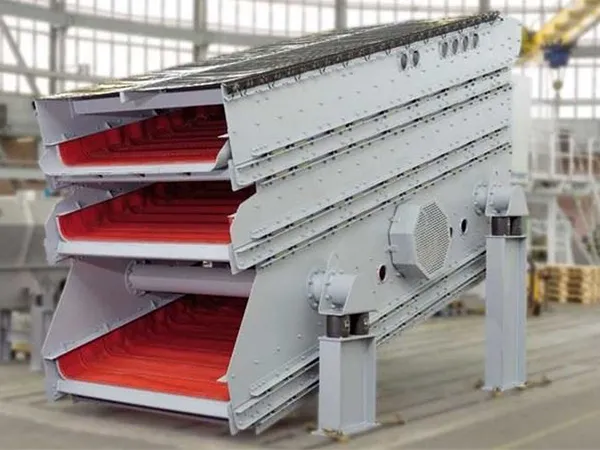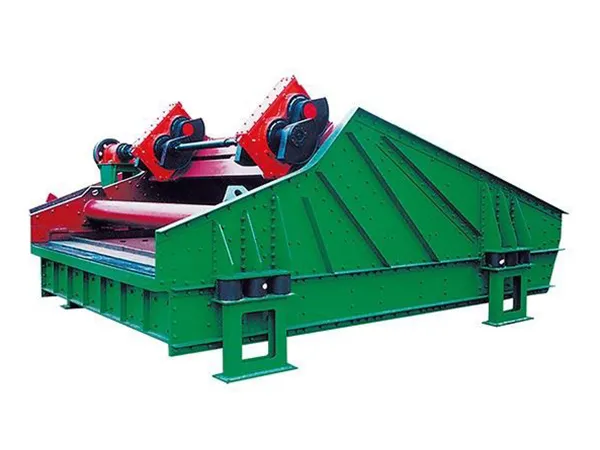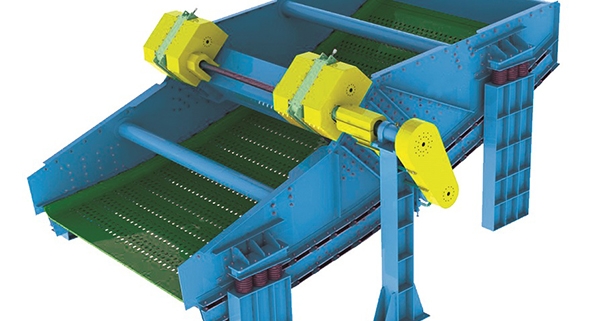Installing bearings in a vibrating screen is a critical task that requires precision to ensure that the machine operates effectively, minimizes downtime, and maximizes bearing life. Vibrating screens operate under harsh conditions, with heavy loads and high vibration, so proper bearing installation is essential to prevent premature failure.
Vibrating screen bearing installation

1. Prepare for Installation
Gather Tools and Materials: Make sure you have the necessary tools and equipment, including the correct bearings, tools for mounting (e.g., bearing pullers, wrenches, hammers), grease or lubricant, cleaning materials, and any special tools for your screen design.
Ensure Proper Conditions: Perform the installation in a clean, dry environment to avoid contamination of the bearings. If necessary, use a workbench with sufficient space to handle the components.
2. Inspect the Bearings
Check for Damage: Before installation, inspect the bearings for any signs of damage (such as cracks or dents) or contamination. Ensure the bearings are the correct size and type for your vibrating screen.
Clean Bearings: If the bearings are new, ensure they are free of dirt or debris. Wipe the bearings with a clean cloth if needed. If you’re reusing old bearings, thoroughly clean them before installation.
3. Prepare the Housing and Shaft
Inspect the Shaft and Housing: Ensure that the shaft and housing where the bearings will be installed are in good condition. Look for any wear, damage, or signs of corrosion that could affect bearing performance.
Clean the Shaft and Housing: Clean both the shaft and bearing housing with a lint-free cloth to remove any dirt, dust, or oil. If necessary, lightly polish the surfaces with a fine abrasive cloth.
Check for Tolerances: Verify that the shaft and housing have the correct dimensions to match the bearing’s internal and external diameters. The fit should not be too tight or too loose.
4. Install the Bearings
Apply Grease or Lubrication: If the bearings are grease-lubricated, apply a thin layer of grease to the inner race and the shaft. Use only the recommended type and amount of lubricant. If the bearing is sealed, it may not require lubrication before installation.
Use Bearing Installation Tools: Use proper tools to install the bearings. It is crucial not to damage the bearing by applying force directly to the rolling elements (balls or rollers). Use bearing fitters or sleeves to apply pressure to the outer race of the bearing only.
Install the Bearing on the Shaft: Gently slide the bearing onto the shaft, ensuring it moves smoothly without excessive force. Do not hammer or force the bearing onto the shaft. If the bearing is tight, use a press to push it into place evenly.
Install the Bearing in the Housing: Similarly, install the other bearing into the bearing housing. Ensure that the bearing is properly seated and aligned with the housing.

5. Align the Bearings
Check Alignment: Proper alignment of the bearings is crucial to prevent premature wear or failure. Use alignment tools or a straight edge to check that both the shaft and housing are properly aligned.
Ensure Proper Radial and Axial Clearance: Depending on the bearing type, ensure that the radial and axial clearance meet the specifications for the vibrating screen application.
…
For more detailed information on vibrating screen bearing installation, please click here: https://www.zexciter.com/en/a/news/vibrating-screen-bearing-installation.html



